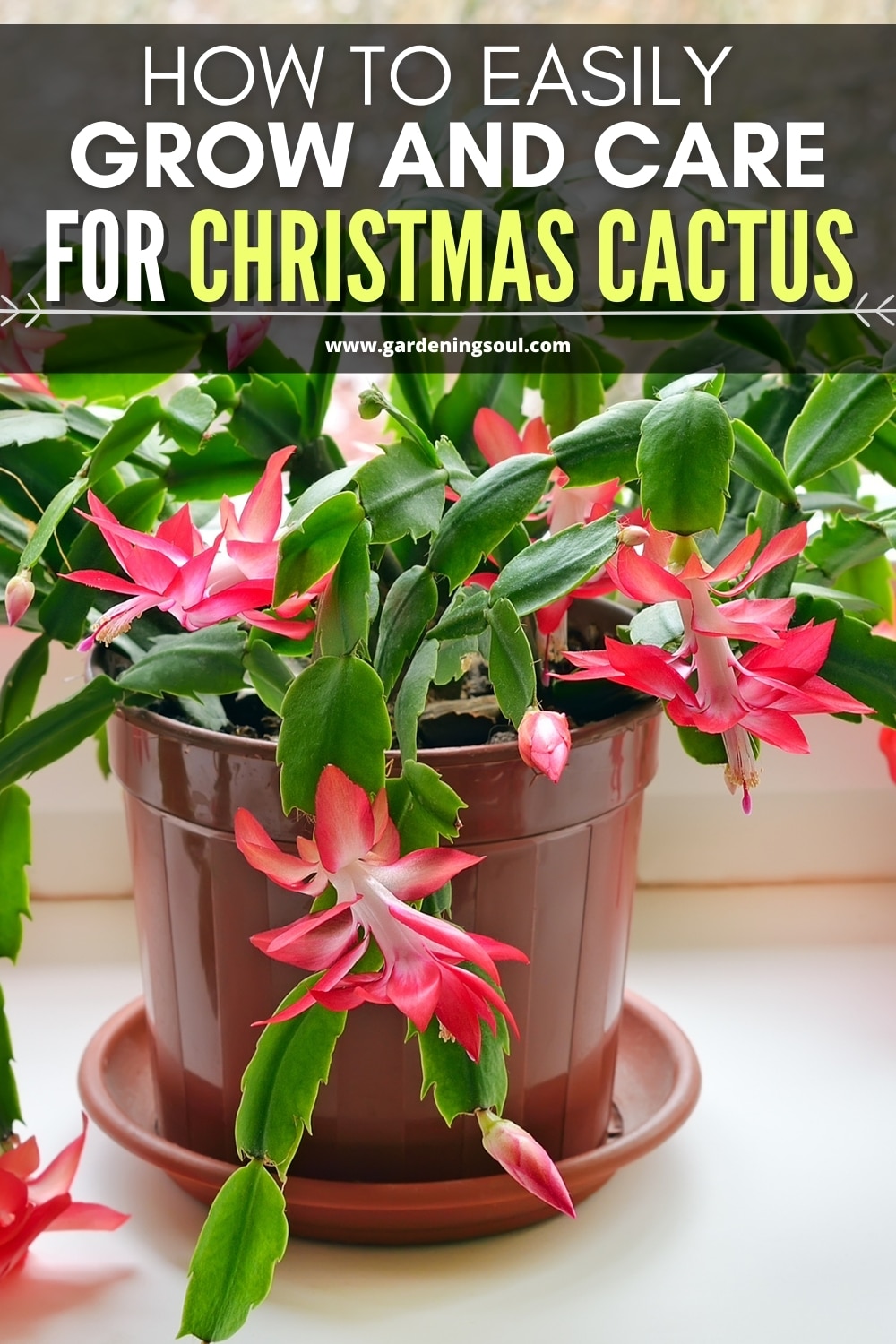Christmas cacti (Schlumbergera) are a delightful choice for indoor gardeners, celebrated for their vibrant blooms that emerge during the holiday season. They may not be particularly difficult to care for, but the right lighting is essential for maintaining their health and vitality. The application of grow lights can fundamentally alter the growth dynamics of these remarkable succulents, ensuring that they thrive even in less-than-ideal natural light conditions. This article explores grow lights specifically designed for Christmas cacti, examining their necessity, types, and optimal usage for ensuring robust and colorful growth.
Understanding the Light Needs of Christmas Cacti
It’s essential to recognize that Christmas cacti differ notably from their desert-dwelling cousins. Native to the cloud forests of Brazil, Christmas cacti flourish in a humid, shaded environment. Unlike most traditional cacti, they thrive under indirect light. Understanding this unique lighting requirement is key to maximizing the potential of your Christmas cactus.
Indoor lighting can be fleeting, particularly during the winter months when natural light becomes scarce. If your Christmas cactus appears to stretch out, lose color, or fail to bloom, it is likely a sign that it is not receiving sufficient light. Implementing grow lights can effectively counteract these problems, allowing your plants to exhibit vigorous growth and multiply their blooms.
Exploring Different Types of Grow Lights
When it comes to selecting grow lights, there’s a plethora of options available, each catering to varying needs and preferences. Understanding these differences can illuminate the path toward optimal plant health.
LED Grow Lights
LED lights are gaining popularity, and for good reason. They are energy-efficient and generate minimal heat, which allows for prolonged use without the risk of damaging the plant. The spectrum emitted by LEDs can be tailored to support different stages of growth, making them versatile across various plant needs. For Christmas cacti, a balanced light spectrum including both red and blue wavelengths will foster both vegetative growth and flowering.
Fluorescent Grow Lights
Fluorescent lights, including T5 fixtures, are another sensible choice. These lights are efficient and provide a broad-spectrum range, creating an ideal environment for photosynthesis. Populating your space with these lights can simulate the natural daylight cycle—perfect for Christmas cacti, which often require generous lighting to stimulate flower production.
Incandescent Grow Lights
While incandescent lights are readily available, they are generally not the best option for Christmas cacti. Although they can provide light, these high-heat producing bulbs can lead to overheating, which is detrimental to the health of your plants. Moreover, their light spectrum is not as beneficial for promoting healthy growth compared to other modern alternatives.
Strategies for Effective Use of Grow Lights
To maximize the benefits of grow lights for your Christmas cacti, implementing a strategic approach is paramount. Consider the following guidelines to enhance their efficacy.
Positioning is Key
Placement is crucial when using grow lights. When using LED or fluorescent fixtures, ensure they are situated approximately 12 to 24 inches above the plant. This distance allows for adequate light penetration without causing stress. Adjust the height as needed, depending on your specific lighting setup and the plant’s response. Monitoring your cactus’s reaction to the light can provide insights into whether you need to alter the setup.
Duration of Light Exposure
Establishing a consistent light schedule is essential. Christmas cacti generally prefer about 14 to 16 hours of light per day during their growing season, which occurs from spring to early fall. During the flowering period, reducing light exposure to about 12 hours can help encourage blooming. A timer can be particularly helpful in maintaining this schedule and avoiding any potential overexposure.
Seasonal Adjustments
The changing seasons significantly influence light availability and requirements for your Christmas cactus. During the fall and winter months, it may be necessary to increase the duration and intensity of grow lights to make up for the decrease in natural sunlight. Conversely, as spring approaches, a gradual reduction in artificial illumination can prevent stress and overgrowth.
Understanding Moisture and Temperature Relationships
The interplay of light with moisture and temperature cannot be overstated. Grow lights emit heat, which can impact the surrounding environment. Monitor humidity levels and the temperature of your space diligently. Christmas cacti thrive in a balanced environment; therefore, maintaining adequate humidity and temperature alongside grow lights is essential for ensuring optimal health. This enables your plants to acclimate and flourish under the provided lighting conditions.
Conclusion
Harnessing the power of grow lights can fundamentally alter your approach to Christmas cactus cultivation. Understanding the intricacies of their light requirements, exploring available lighting options, and implementing effective strategies can foster a thriving, vibrant environment for your plants. As the holiday season approaches, imagine the delight of having your Christmas cacti not only survive but flourish with the use of grow lights, gifting you with an explosion of color and life. With patience, observation, and care, your Christmas cacti will transform into stunning horticultural displays, captivating everyone with their beauty and vitality.





Leave a Comment